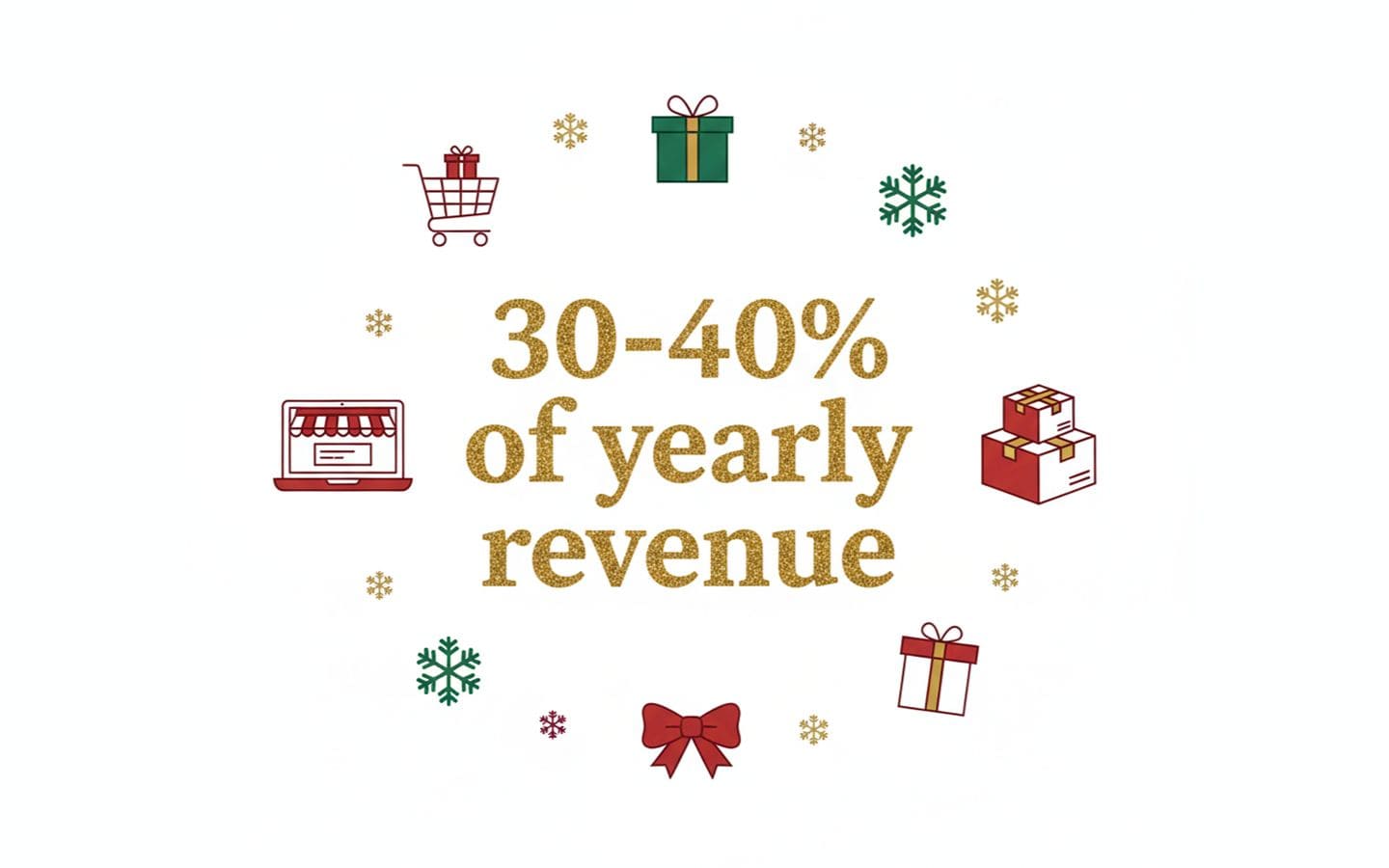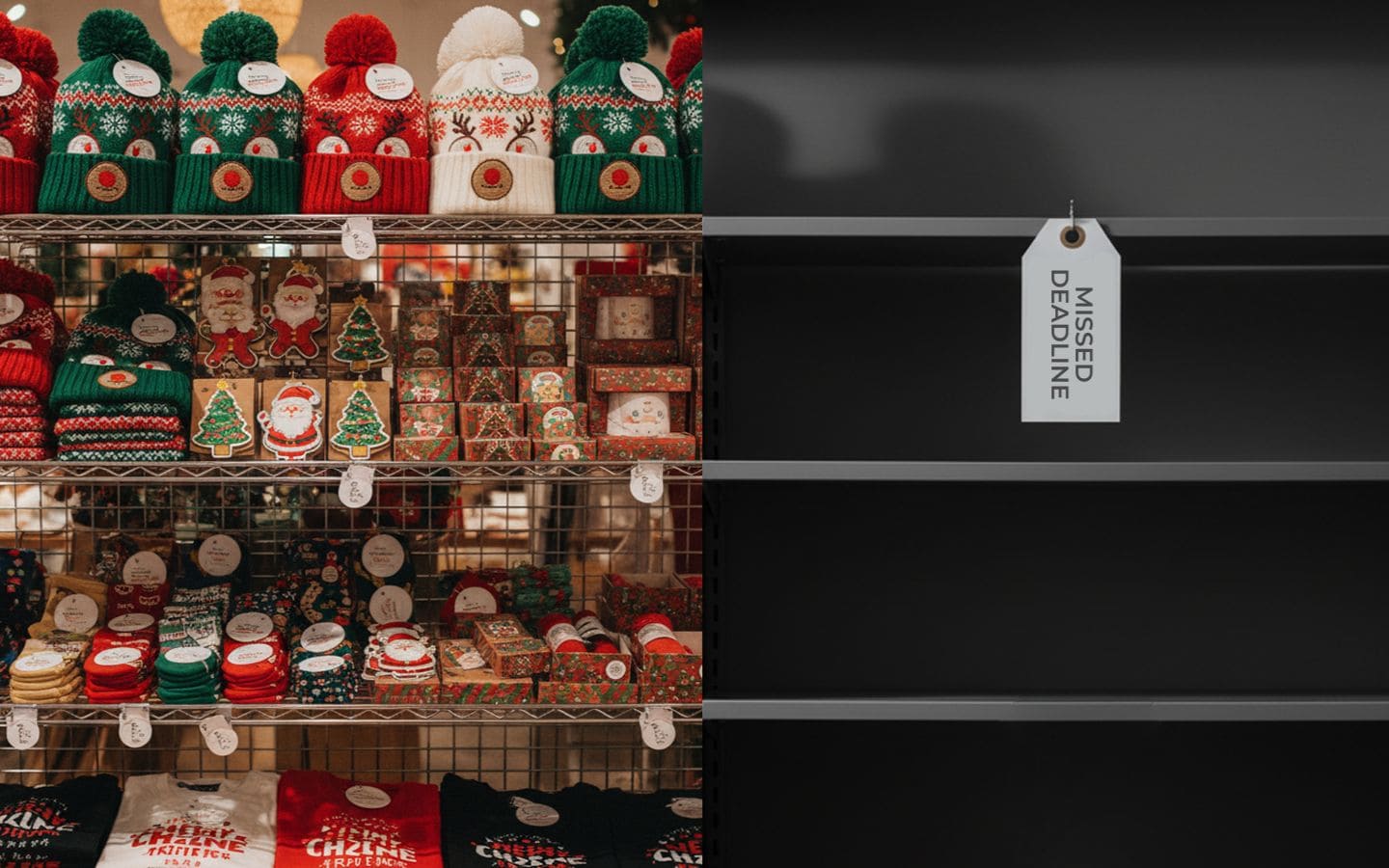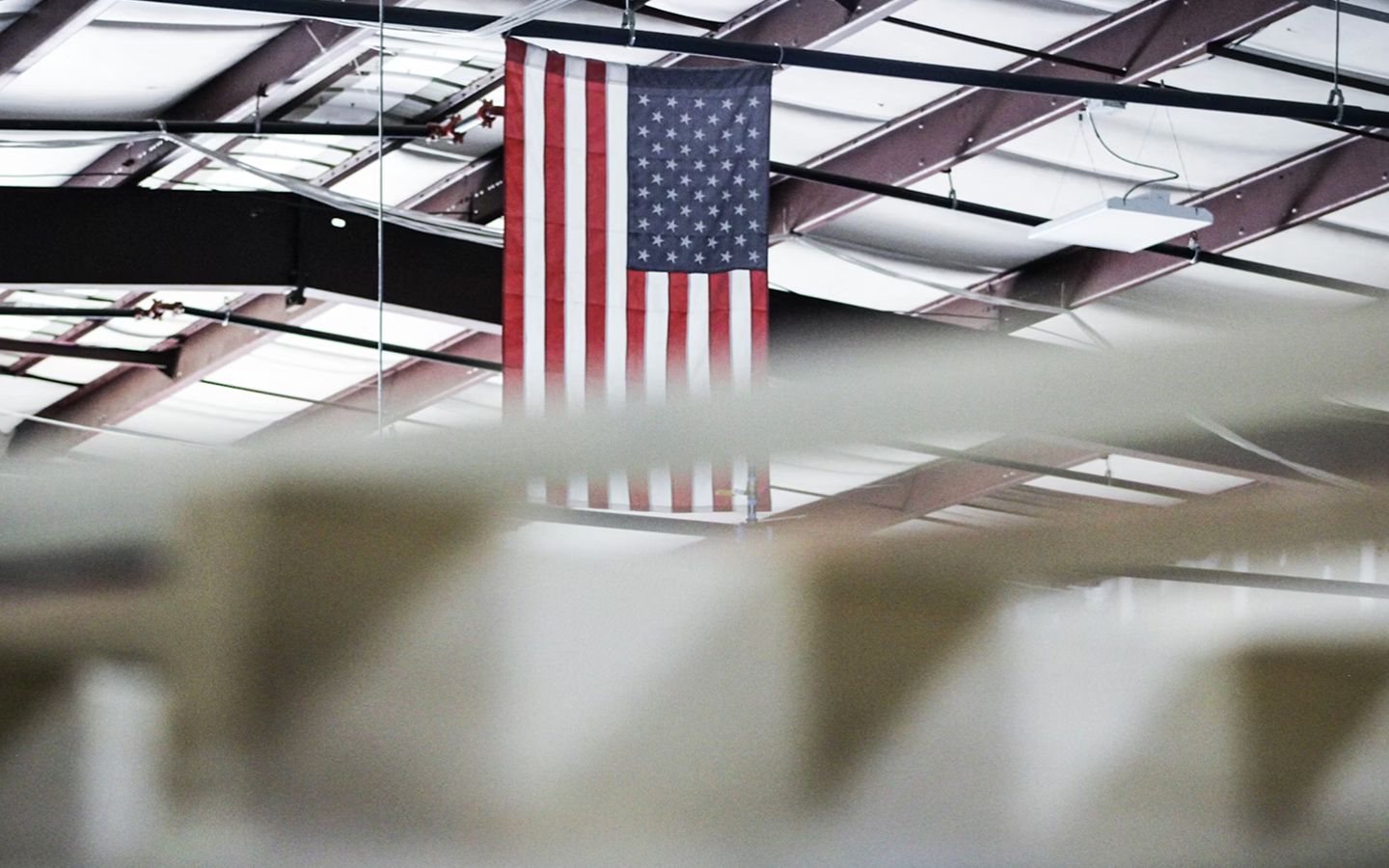Holiday manufacturing deadlines every brand should know
The holiday season is the busiest and most profitable stretch of the year for brands. Sales spike, expectations rise and missed timelines can cost more than revenue. They cost customer trust.
For custom products, the stakes are even higher. Unlike off-the-shelf items, custom apparel or custom packaging requires design approvals, sampling and production runs before they ever ship. A missed deadline upstream can snowball into orders that arrive after the season is over.
This article maps the key holiday manufacturing deadlines, explains what pushes timelines back, and shares how to plan smarter so your brand never misses a season.
Key takeaways:
The holiday season can account for up to 40% of annual sales.
Missing manufacturing or shipping cutoffs can mean lost revenue and disappointed customers.
Brands should finalize designs and place orders 8-10 weeks ahead.

1. Why holiday deadlines matter
Holiday shopping accounts for a significant portion of annual sales in nearly every industry. For e-commerce brands, Black Friday through Christmas can drive as much as 30 - 40% of yearly revenue.
Deadlines matter because the entire supply chain compresses in November and December. Factories are at capacity, freight costs climb and shipping networks are clogged. If your custom products are not in motion well before peak weeks, the odds of delays multiply.
Whether you are making custom holiday products like embroidered stockings, chenille patches for sweaters, or specialty packaging, understanding the calendar is as important as the product itself.
2. Key deadlines on the calendar
Every holiday season has non-negotiables. Brands that hit these dates have stock ready to ship; brands that miss them lose the season.
Black Friday / Cyber Monday: Order production at least 8 - 10 weeks before the sale. That means approvals by early September.
Christmas: Plan for final shipping by the first week of December. Production should be locked in by October.
New Year’s promotions: Order by mid-November to catch the post-Christmas window.
If you source from Asia, watch out for Golden Week in October and Lunar New Year in early spring. Both bring multi-week factory shutdowns and shipping backlogs. Place orders well in advance to secure production slots and avoid costly delays.
These dates shift depending on the product. Custom patches, keychains and coins require digitizing and sample approvals. Custom apparel such as hats and socks often needs multiple size runs and fit tests. Custom packaging adds another layer of lead time, since print, assembly, and shipping all stack.
Many small businesses use the holiday season as their launchpad. If you are considering opening your own digital storefront, planning deadlines around your first big season is critical.
3. Factors that push timelines back
Even well-planned launches run into obstacles. Common bottlenecks include:
Raw material shortages (like fabrics or specialty threads).
Shipping congestion at ports and carrier hubs.
Design revisions that stall production approvals.
Last-minute order increases that overwhelm factories.
The question is: What delays holiday manufacturing the most? The honest answer is indecision. Waiting to finalize artwork or packaging design compresses every other step. Approvals pushed back in October can mean missed shipments in December.
Another factor is global policy. Shifting tariffs and regulations can disrupt sourcing, especially in Q4 when every delay compounds. The impact of 2025 trade tariffs shows how added costs and slower shipping routes can ripple into your holiday schedule. Just another reason to lock plans early and diversify suppliers where possible.

4. How to stay ahead of deadlines
The best way to beat deadlines is to plan backward from your customer’s delivery date.
Checklist for brands:
Approve designs early and lock files by September.
Choose reliable partners with clear production timelines.
Order buffer stock to avoid last-minute reorders.
Use low MOQ manufacturing to test smaller runs early, then scale once demand is clear.
5. The/STUDIO’s perspective on holiday prep
At THE/STUDIO, we see firsthand how deadlines define holiday success. Brands that start early enjoy smoother seasons, while those who delay often scramble.
Our flexibility means you can start small, sampling patches for a holiday collection or testing packaging runs and scale quickly if demand rises. It is a system built for creators who want seasonal impact without seasonal panic.
The smartest teams pair calendar discipline with sourcing strategy. Instead of over-ordering months in advance, they secure small-batch runs early and expand only when demand is proven. It is the shift from bulk buying to boutique thinking, a move that keeps shelves stocked without draining budgets. For brands navigating holiday crunch time, that kind of sourcing discipline can be as valuable as the calendar itself.

Final thoughts
Holiday deadlines are not just dates on a calendar, they are the guardrails that protect your brand’s momentum. Approve early, plan buffers, and choose partners who make timelines visible.
In holiday retail, hitting the deadline is the difference between a sell-out and a missed season. The winners are not the brands that hustle hardest in December, but those who mapped their year with precision back in September, i.e. now.





